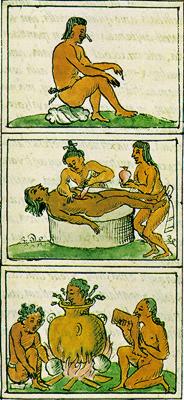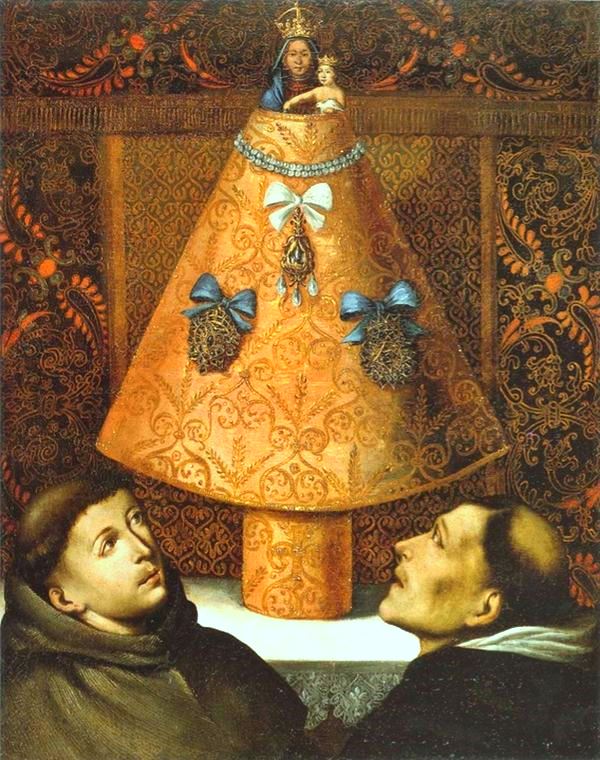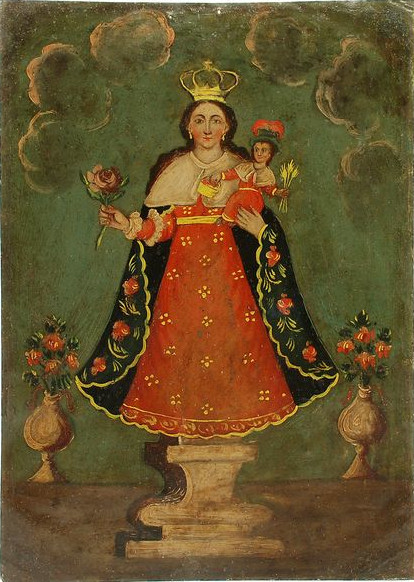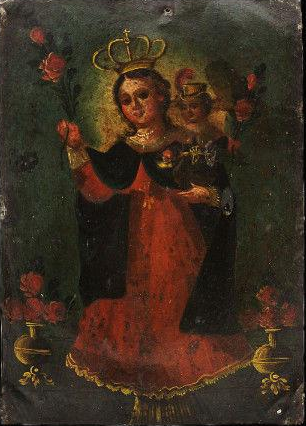Ancient Psychedelia: Alien Gods & Mushroom Goddesses
Online Book - Chapter 19, Page 367
Back to Online Book Mainpage / Next Page (Chapter 19, Page 368)
 (76a) Misc. Sacrifice Scenes from Mayan Artworks I have previously brought up the idea that Egypt may have been the first civilization to use the sun as an overlay, to occult the true mushroom worship by turning Khepri’s dung ball into a solar orb. The Mayan ideas are based off an understanding that took root in Egypt and was later imported into the Americas via sea routes likely by Anatolians and Egyptians as we have seen from the similarity in mushroom symbolism on the two separate continents. This would help explain the fact that the Mayans had the sun as a central symbol in their worship. The Mayan priesthood began much later in time and has direct descendant connections to Egypt, where they imported both the bird-serpent and the pyramid. The sky god or god associated with the heavens due to his designation as a macaw is Xochipilli who is said in modern culture to have been a “solar deity.” He is referred to as the “Prince of Flowers.” However, this deity may have arrived later with the arrival of Montezuma coming from the west to enslave the local population in order to help construct the “fortaleza” at Paquimé. (28) This may have been the arrival of a new patriarchal “solar empire.” Images of Xochipilli have him portrayed with a bird’s head and a serpent’s body. A Similar figure occurs in a sculptural scene at El Tajín, Veracruz (A.D. 600-900). M Jane Young (1989) first pointed out “Xochipilli seems to be a prototype for Payatamu.” Both of them are young gods who, according to this particular author, regards them as “solar deities” because they are both associated with flowers, music, dance, sexuality and the growth of crops like maize and in particular because of the “headdress” sticking out from behind the Sun. (29) |
This “child-god” of the Mexican natives had to be pushed back by the Spaniards and then the Christian missionaries who came from America to convert the remaining native populations. Our Western version of the Virgin Mary was a perfect substitute for the native population to embrace. She represented everything the child-god Xochipilli represented to them previously. The native population adopted her as Our Lady of Atocha, and the necessary modifications were made over time (68g, h, i). (30)   R: (68g) Spanish Our Lady of Atosha  (68i) Spanish Our Lady of Atosha (28) Ives 1950: 324 (29) Tedlock 1972: 93 (30) The Wondrous Mushroom, Mycolatry in Mesoamerica – R. Gordon Wasson, 1980, McGraw-Hill Book Company, p. 141 |
Go Back to Page 366